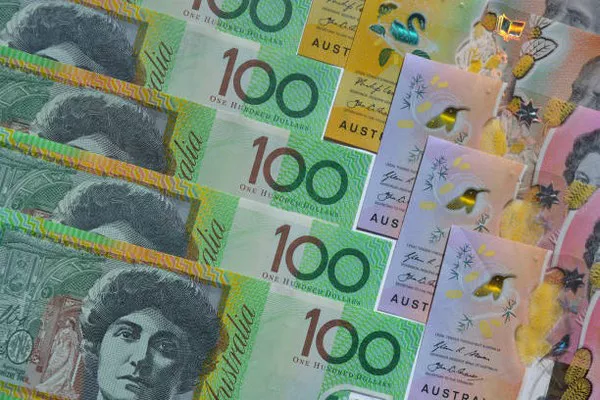The AUD/USD pair rose slightly in early Asian trading on Thursday. The recent Judo Bank PMI report from Australia indicated that business activity in the country is still growing, albeit at a slower pace than in March and April. In addition, the RBA’s hawkish stance on Tuesday could support the AUD in the near term.
However, rising geopolitical tensions in the Middle East after Israeli officials reiterated that the country is ready for an all-out war against Hezbollah could boost safe-haven currencies such as the dollar. On Friday, the latest flash U.S. PMIs will be in focus. If U.S. business activity improves in June, this could further support the dollar and be bearish for the currency pair.
The Judo Bank composite PMI in Australia fell to 50.6 in June from 52.1 in May, according to data from Judo Bank and S&P Global. The manufacturing purchasing managers’ index (PMI) fell to 47.5 in June from 49.7 in the previous month, below expectations of 50.6. The services PMI fell to 51.0 in June from 51.2, a five-month low.
Initial jobless claims in the U.S. rose to 238,000 in the week ended June 15 from 243,000 in the previous week, higher than the consensus forecast of 235,000.
U.S. building permits fell 3.6% from 1.44 million to 1.386 million in May; housing starts fell 5.5% from 1.352 million to 1.277 million in the same period.
Richmond Fed President Tom Barkin said on Thursday that the central bank has the necessary firepower for the job, but will have to remain strictly data-dependent before considering a rate cut.
Minneapolis Fed President Neel Kashkari noted that it may take one to two years for inflation to return to the Fed’s 2% target, according to Reuters.
The Australian dollar strengthened against the U.S. dollar during this trading day. The Australian dollar has been in a downward trend channel since May 14. On the daily chart, the pair maintains a positive outlook above the 100-day exponential moving average (EMA). The 14-day relative strength index (RSI) continues to show bullish momentum, suggesting that the AUD is less likely to break through the resistance level.
A decisive break above 0.6675 (upper border of the descending trend channel) could push the pair to the 0.6700 round-number mark and, in turn, to 0.6760 (Jan. 4 high).


